- Mumbai Central & Mira Road
- +(91) 98333 44 333
- sales@globalteckz.com
Wagtail CMS: The Django-Powered Content Management System
- Home
- Wagtail CMS: The Django-Powered Content Management System

Globalteckz is one of the leading Odoo integrators and ERP service providers in India, offering expert solutions in Odoo, ERPNext, and business automation for startups and enterprises. With a skilled team, we deliver customized ERP implementation, integration, and support services to streamline operations and drive digital transformation across India, UAE, USA, Canada, and the UK.
Let’s Meet Together
Mumbai Central Location: Office No. 43, Ali Mansion, Near Post Office, Belasis Road, Mumbai Central East, Mumbai– 400008.
Mira Road Location: Unit 002, Building A7, Sector 5, Mira Road (East), Thane, Mumbai – 401107.
Call/WhatsApp:
+(91) 9833344333
+(91) 9773530597
Email: sales@globalteckz.com
Teams/Skype
kadriazhar | abraar.patel
Copyright © 2025 | Globalteckz - (India & USA). All rights reserved. | Terms and Conditions





Wagtail CMS: The Django-Powered Content Management System
Wagtail is a powerful, flexible, and user-friendly content management system (CMS) built on Django. It’s designed to offer a great experience for developers and content editors alike, providing a robust platform for building and managing content-heavy websites.
What is Wagtail?
Wagtail is an open-source content management system (CMS) built on the Django framework. Known for its flexibility, user-friendly interface, and powerful features, Wagtail is designed to cater to the needs of both developers and content editors. It supports a wide range of content types and provides tools to manage complex content structures efficiently.
History of Wagtail
Wagtail was started by the UK-based digital agency Torchbox. It was first released in 2014 as an open-source project. The motivation behind Wagtail was to create a CMS that could offer a better user experience compared to existing solutions, with a focus on flexibility, scalability, and ease of use.
Key Features of Wagtail
Benefits of Using Wagtail
Getting Started with Wagtail
pip install wagtail
wagtail start mysite
python manage.py runserver
models.pyand create pages using Wagtail’s powerful Page model.Example: Building a Simple Blog with Wagtail
models.pyfile, create a model for your blog posts:from wagtail.core.models import Pagefrom wagtail.admin.edit_handlers import FieldPanel
intro = models.CharField(max_length=250)
body = RichTextField(blank=True)
FieldPanel(‘intro’),
FieldPanel(‘body’, classname=“full”),
]
bash
python manage.py makemigrations
python manage.py migrate
templatesdirectory, create an HTML template for your blog page:html
{% extends "base.html" %}
{% block content %}
<h1>{{ page.title }}</h1>
<p>{{ page.intro }}</p>
{{ page.body|richtext }}
{% endblock %}
Conclusion
Wagtail is a versatile and powerful CMS that leverages the strengths of Django to provide a robust platform for building content-heavy websites. Its flexible content structures, customizable admin interface, and strong community support make it an excellent choice for developers and content editors alike.
For expert Wagtail CMS development services, Globalteckz in Mumbai, India, offers comprehensive solutions tailored to your business needs at competitive prices. Our experienced team ensures seamless integration and efficient project delivery, helping you leverage the full potential of Wagtail for your content management needs.